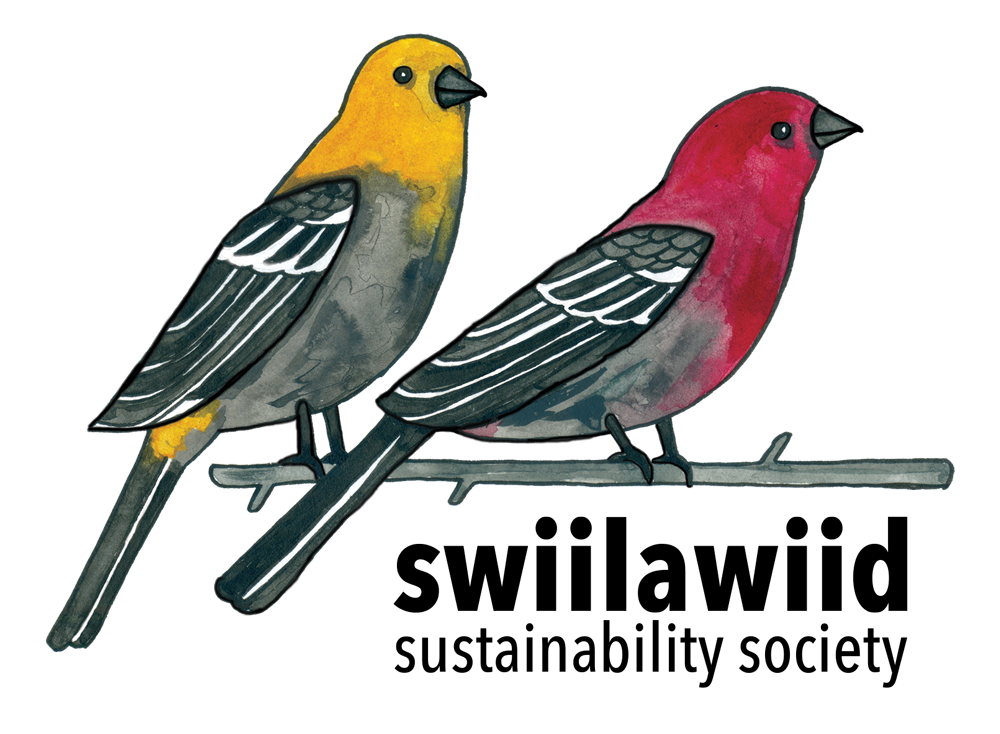1980-1989
1980
The Haida Nation files its comprehensive land claim with Canada.
1980 — 1981
Subsea cables installed from T’aaxwii XaaydaGa Gwaay.yaay IinaGwaay Moresby Island to XaaydaGa Gwaay.yaay IinaGwaay Graham Island to deliver power to the southern grid.
1982
The Canadian Constitution is amended to include Section 35, which recognizes and affirms existing Aboriginal and Treaty Rights.
1982-1983
Petro-Canada acquires three blocks of exploratory permits on the Central Coast, in exchange for the relinquishment of certain northern blocks. Petro-Canada, Chevron and BC attempt to have the moratorium on offshore oil and gas exploration lifted.
1983
Canada and BC sign an agreement to undergo a joint public review of the environmental and related social effects of potential renewal of petroleum exploration on the West Coast, north of Vancouver Island.
1984
A BC Hydro study recommends designing a 10MW wood-fired thermal generating station on Haida Gwaii that utilizes waste wood.
1984-1985
Public offshore oil and gas hearings are held with Indigenous Nations and northern coastal communities to consider lifting the moratorium on oil and gas exploration. A full research review was also conducted.
1985
The Haida Nation upholds Haida Law and stops unsustainable, industrial logging in the Gwaii Haanas region.
1986
Colonial findings from the offshore oil and gas hearings conclude offshore oil and gas exploration could proceed if specific requirements were met and begin to negotiate a Pacific Accord that lays out revenue sharing and management of offshore petroleum resources.
1987
Canada and BC commit to joining the Haida Nation in protecting Gwaii Haanas.
1989
Exxon Valdez oil tanker spills 11 million gallons of crude oil into Alaska’s Prince William Sound. The environmental, social and economic impacts are still felt today.
British Columbia announces there will be no drilling offshore for at least five years. Canada announces it will not consider any offshore development until requested by BC.
